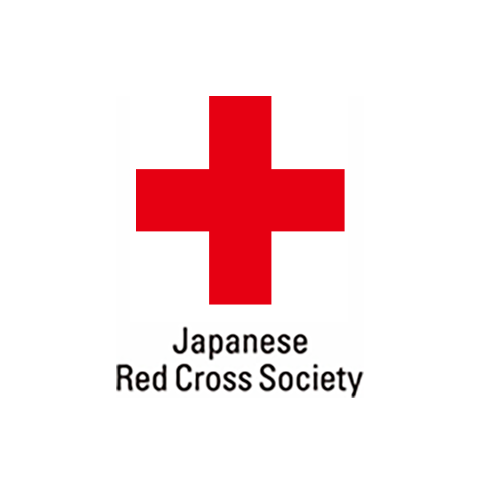Operation Update No.30 : 2024 Noto Peninsula Earthquake: The Japanese Red Cross Society's Response
The Japanese Red Cross Society would like to express our sincere condolences and sympathy toward the people affected by the massive earthquake which hit Japan on 1 January 2024. Our relief teams have been working around the clock to save lives, protect health and dignity of the affected people in Noto Peninsula.
1. Situation
- On 1 January 2024 at 16:10 (Japan Standard Time), a magnitude 7.6 earthquake struck the Noto Peninsula in Ishikawa Prefecture, Japan. As the epicenter was very shallow, large tremors were observed in many places and a tsunami warning was issued. Since then, more than 1,500 aftershocks have followed the main shock.
- The tsunami damaged at approximately 160 hectares in Suzu City and Noto City. Power and water supplies were still cut, communications were disrupted.
- Some districts are isolated with roads cut off and food, water, blanket and fuel, basic needs are still in short supply.
- The quake caused fires in some cities and it is estimated that hundreds of houses were burnt down.
- According to the Japan Nuclear Regulation Authority, no issues have been found with reactors at nuclear power plants in the affected area, including the Shika nuclear power plant in Ishikawa Prefecture.

Noto Peninsula earthquake in 2024 - epicenter and severely affected areas -
2. Impacts
- The Japanese Government applied the Disaster Relief Act towards 35 cities, 11 towns and 1 village in 4 prefectures including Niigata, Toyama, Ishikawa and Fukui in order to lead the national-level relief operations.
- As of 14:00 on 16 February, the local government confirmed 241 deaths in Ishikawa prefecture. On top of this, 9 people in Ishikawa prefecture remain unaccounted for.
- At least 1,296 people were injured.
- More than 60,614 houses are reported to be collapsed/damaged, which brought about 12,929 people remained in 521 evacuation centers.
3. Japanese Red Cross Society's Response
- The Japanese Red Cross Society (JRCS) began its response immediately after the disaster, and its chapters in the affected areas are working with Red Cross hospitals and Red Cross Blood Centers to assess the extent of the damage.
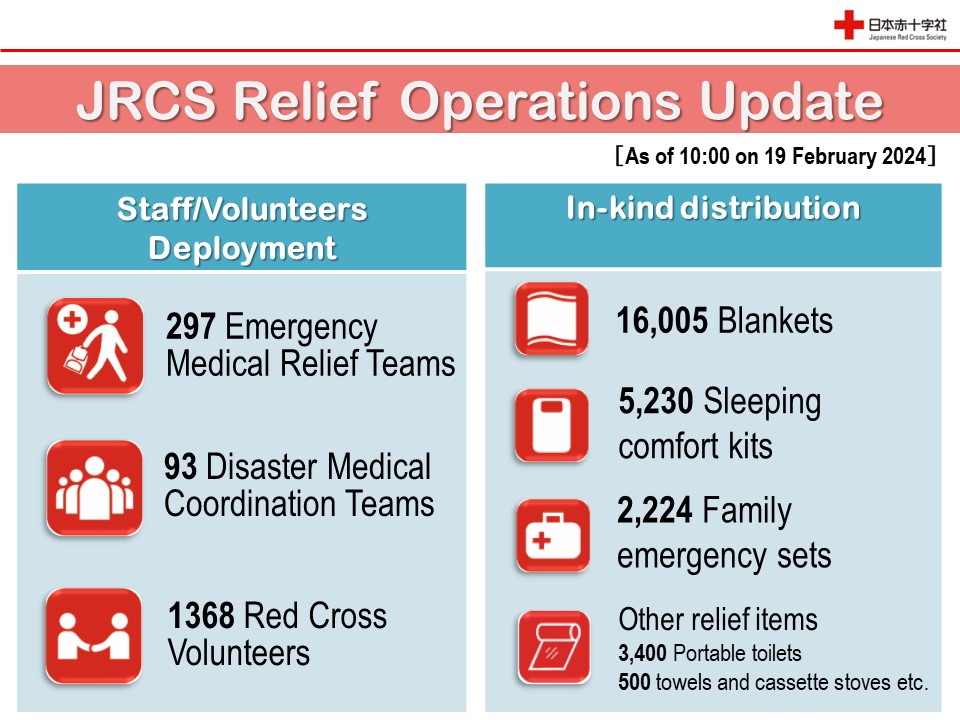
- As of 10:00 on 19 February;
(1) 74 staff members have been dispatched to the Prefectural Disaster Prevention Headquarters to obtain the latest information and to organize emergency relief.
(2) 297 Emergency Medical Relief Teams have been dispatched to the hospitals, social welfare facilities, evacuation centers, etc. in Ishikawa prefecture. The team consists of a doctor, nurses and administrators from Red Cross hospitals all over Japan. At the moment, 16 out of 297 teams are assessing the situation, delivering patients to the hospitals, transporting medicines and providing mobile clinic services.
(3) 93 Disaster Medical Coordination teams have been dispatched to Ishikawa Prefecture in order to arrange and coordinate the emergency medical operation with other stakeholders.
(4) 84 Nurses from Red Cross hospitals have been deployed to Anamizu General Hospital, Wajima Municipal Hospital, and Ushitsu General Hospital to back up its capacity of providing medical care toward the affected people.
(5) 71 staff members from JRCS headquarters and hospitals were deployed to its Ishikawa chapter to set up and coordinate psychosocial support (PSS) programme. The JRCS Emergency Medical Teams provide PSS to the affected people.
(6) 11 staff members from JRCS headquarters and 3 Red Cross Hospitals are setting up a temporary water distribution system at evacuation centers located in 2 elementary schools in Nanao city.The water supply service began on 22 January by pumping up water from the swimming pool, purifying it with the purification method, and distributing it through temporary water pipe. The temporary shower rooms and laundry machines are also set up by the JRCS to improve the personal and public hygiene of the evacuees. This system is a part of JRCS’s ERU WATASAN and Laundry modules, which have originally been prepared for the JRCS’s international relief operation at emergency.
|
VOICE: - It is amazing that not only cold but also hot water is now supplied. I feel as if everything were miracle even though it was quite usual in my daily life before the earthquake came. I really appreciate for the assistance from the JRCS. - Using the newly installed water tap, we will be able to flush the toilet. - I had to stand in a long line from 6:00am to wash my cloths at the coin laundry shop ,but thank to the JRCS, it has become easy with these laundry machines in the evacuation center. |
(7) 11 staff members (7 doctors and 4 coordinators) joined the assessment team of the National Cabinet Office.
(8) 28 Logistics support members have been working in Suzu-city in Ishikawa prefecture.
(9) 16,005 blankets, 5,230 sleep comfort kits, 3,400 portable toilets, 2,224 family emergency sets, 500 towels, 1900 stockings, 50 cassette stoves, and other relief items were distributed to the affected people. 43 partitions were also delivered to keep privacy in the evacuation centers.
(10) 1,368 Red Cross Volunteers have been leading a needs assessment, transporting and delivering relief items, and serving at a soup kitchen in the affected area. They also manage the Red Cross Volunteer Coordination Center.
(11) 2 Caregivers from ReCross Hiroo have been deployed to the Ishikawa Sports Center to provide disaster welfare support at the request of the Ministry of Health, Labour and Welfare.
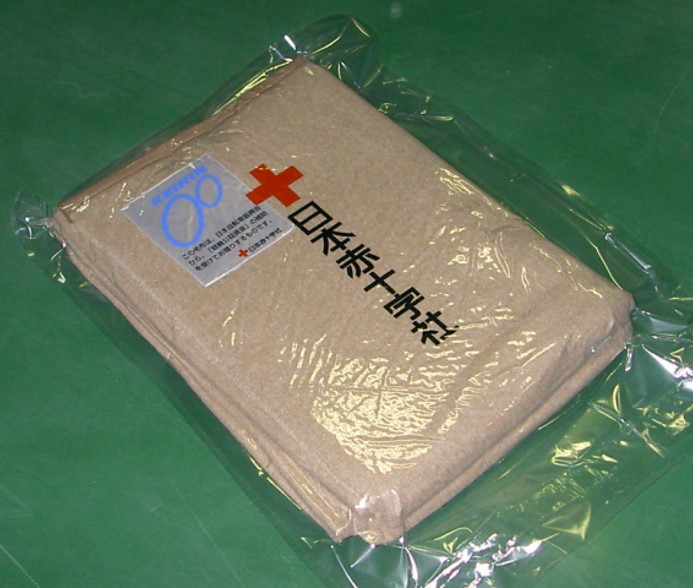 Blanket©Japanese Red Cross Society
Blanket©Japanese Red Cross Society
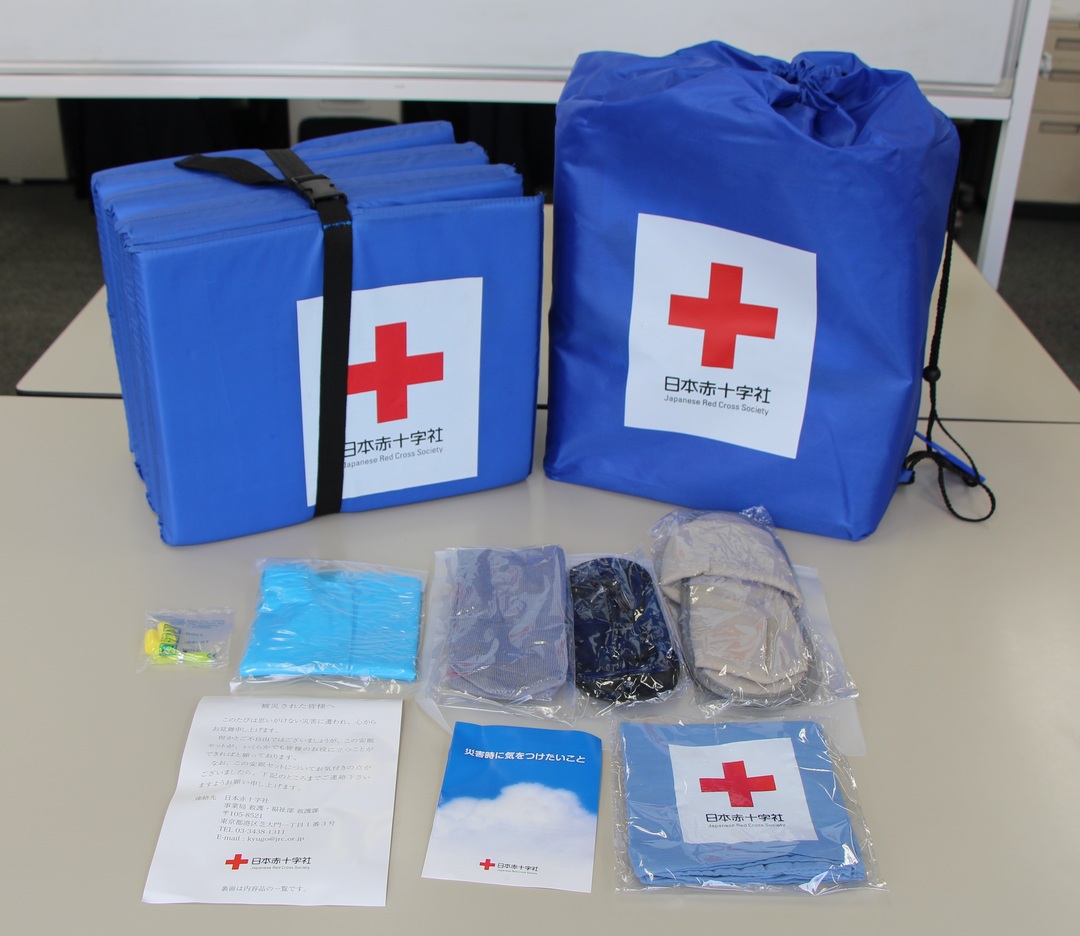
 Family emergency set ©Japanese Red Cross Society
Family emergency set ©Japanese Red Cross Society

Transportation of emergency relief items©Japanese Red Cross Society
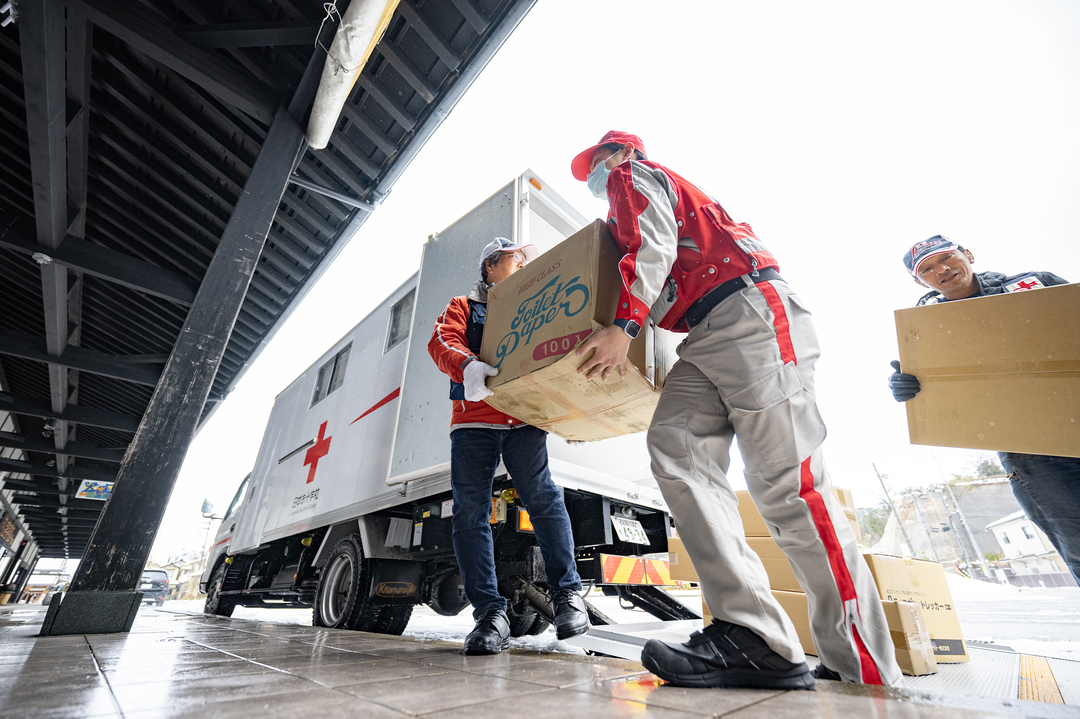
Red Cross Volunteers distributing relief items (Wajima, Ishikawa) ©Japanese Red Cross Society

Logistics support team setting up a tent ©Japanese Red Cross Society
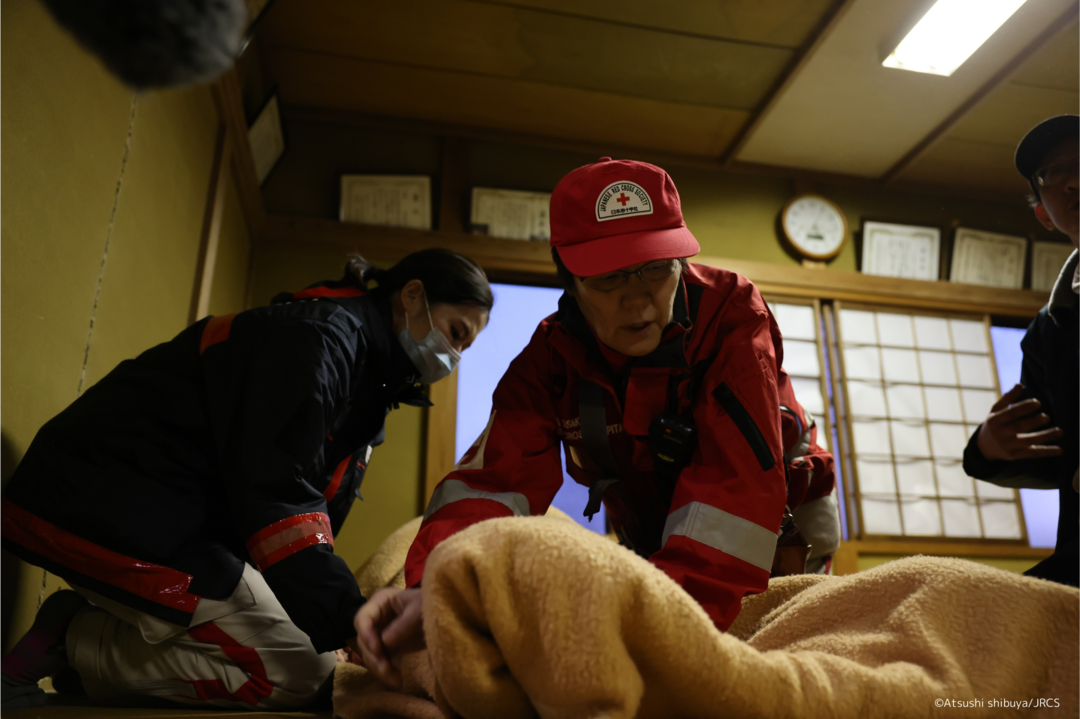
JRCS Relief Team providing psychosocial support (Anamizu, Ishikawa)
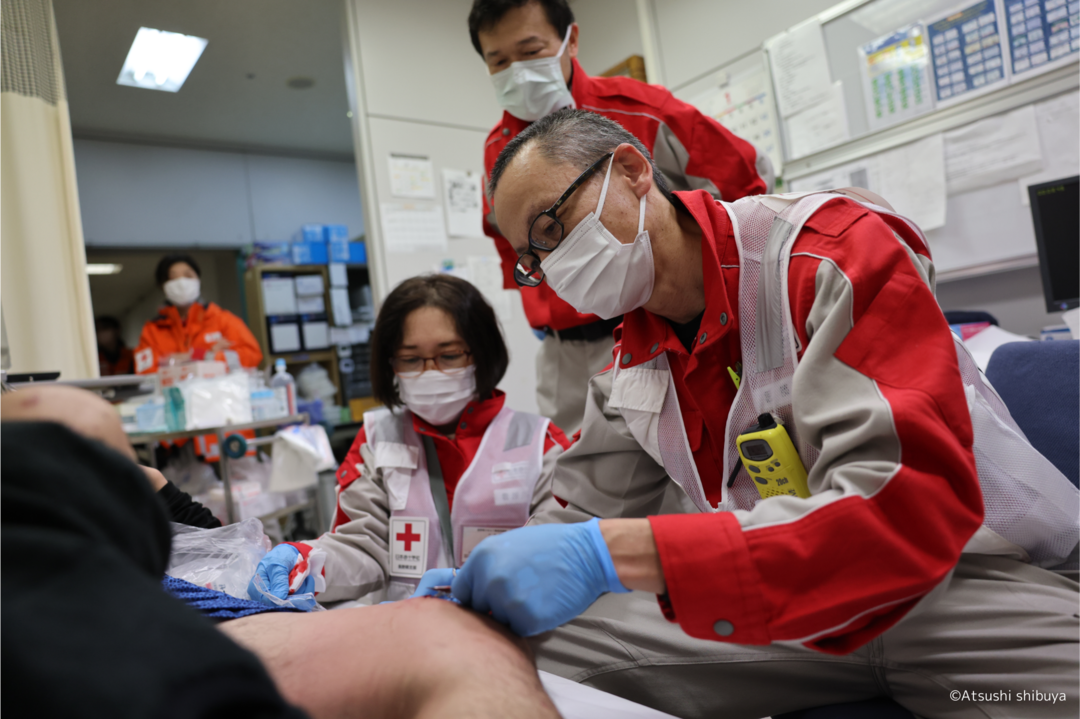
Treatment of an injured victim (Suzu, Ishikawa)
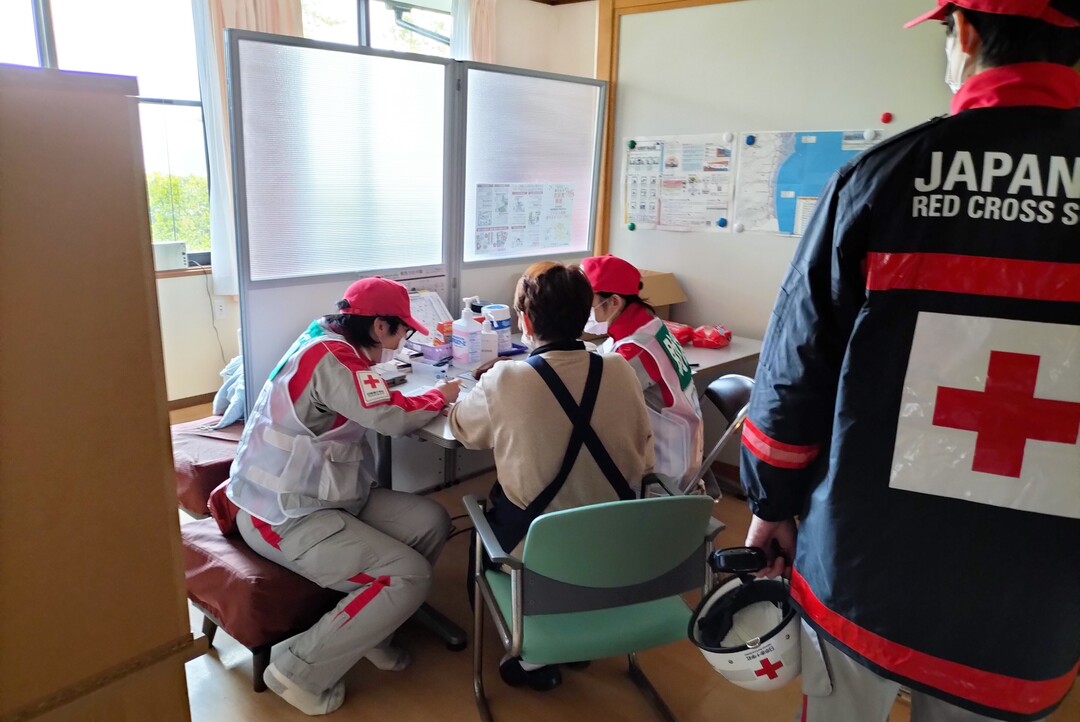
Mobile clinic at a social welfare facility isolated by the earthquake (Suzu, Ishikawa )
©Japanese Red Cross Society
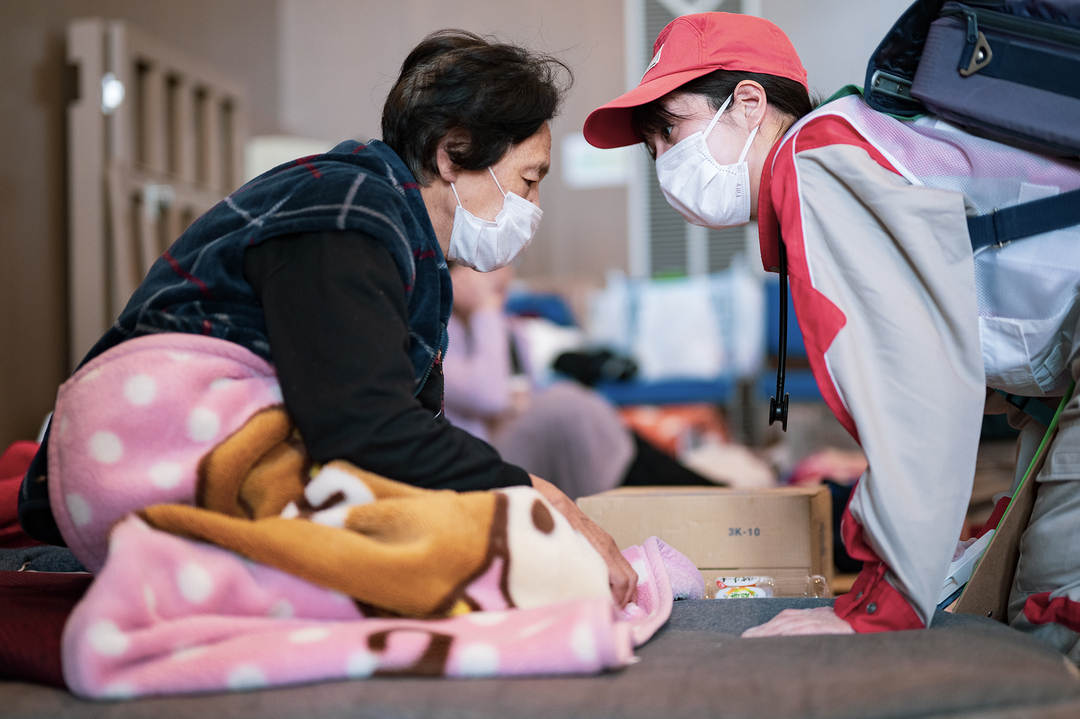
Mobile clinic at an evacuation center (Nanao, Ishikawa) ©Japanese Red Cross Society
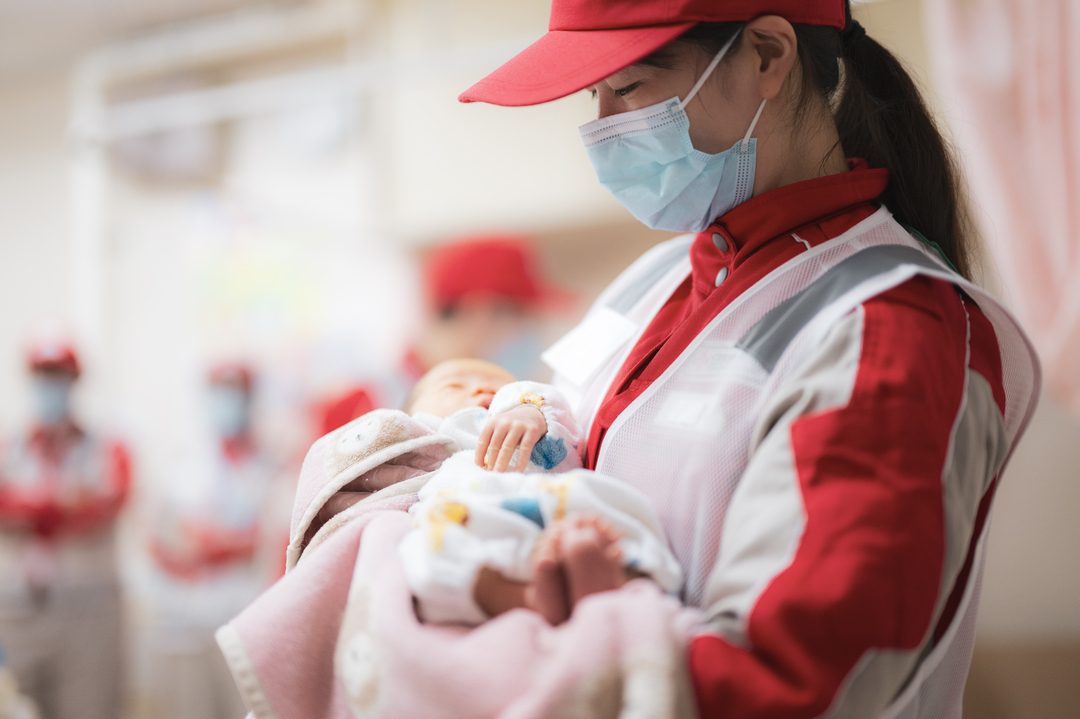 Mother and child health assistance (Wajima, Ishikawa) ©Japanese Red Cross Society
Mother and child health assistance (Wajima, Ishikawa) ©Japanese Red Cross Society
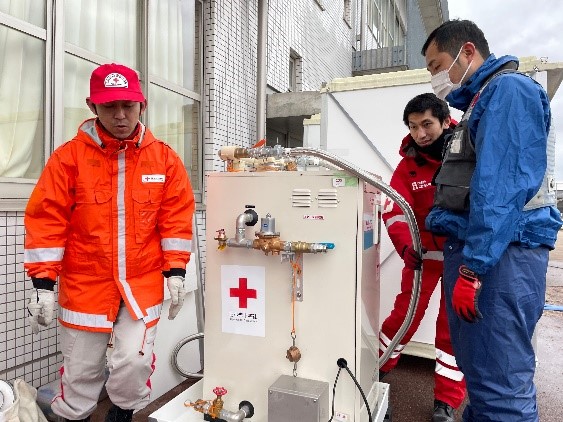
Installation of water supply system at an evacuation center (Nanao, Ishikawa)©Japanese Red Cross Society
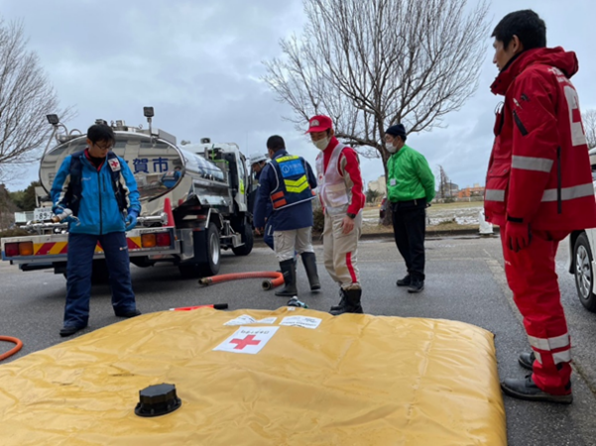
Installation of water supply system at an evacuation center (Nanao, Ishikawa)©Japanese Red Cross Society
 Temporary water tap at the evacuation center (Nanao, Ishikawa) ©Japanese Red Cross Society
Temporary water tap at the evacuation center (Nanao, Ishikawa) ©Japanese Red Cross Society
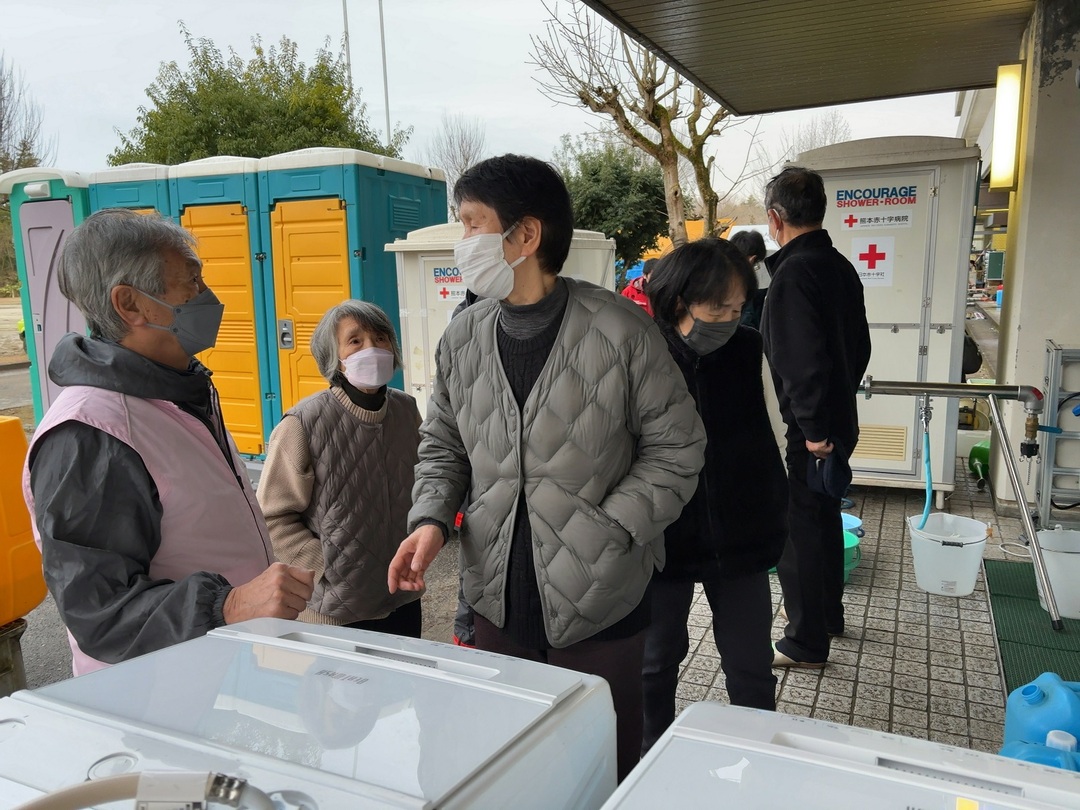 Laundry machine (front) and shower booth (back) installed by the JRCS (Nanao, Ishikawa) ©Japanese Red Cross Society
Laundry machine (front) and shower booth (back) installed by the JRCS (Nanao, Ishikawa) ©Japanese Red Cross Society

“I am feeling good after taking a shower!”© Japanese Red Cross Society
4. Useful Information (for those who lost contact with their family members)
- Restoring Family Links (RFL)
With its high standard of the Personal Data Protection in Japan, the Japanese Red Cross Society(although we can provide tracing services only for those who lost contact with their family members as a result of conflict, disaster or other humanitarian emergencies through the Red Cross channel) recommends you to reach out the respective affected prefecture of Ishikawa directly that has been in close touch with each municipality and compiling then even publishing the list of people whose safety is unknown.
Although the service is only available in Japanese, you also can use Disaster Emergency Message Dial(177).
A free Wi-Fi service “00000JAPAN” is also available at this moment in the affected area.
*Please note that it is not a secured Wi-Fi.
Given the hardship in restoring the telecommunication infrastructure across the Peninsula, Japanese major telecommunication carriers are now providing the Starlink service with free of charge to the evacuation center.
